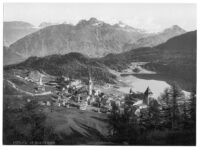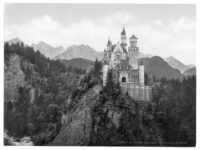Vintage: Historic B&W photos of the Rhine, Germany (1890s)
The variants of the name of the Rhine in modern languages are all derived from the Gaulish name Rēnos, which was adapted in Roman-era geography (1st century BC) as Greek Ῥῆνος (Rhēnos), Latin Rhenus. The spelling with Rh- in English Rhine as well as in German Rhein and French Rhin is due to the influence of Greek orthography, while the…

























